|
What if I told you that there was a source of annual fund dollars out there that could cost you 18 cents to raise a dollar and raise those funds very quickly in a short period of time?
And what if I told you that you probably were not currently utilizing this particular source of revenue for your institution? You would be interested, right? Let me tell you what the secret source of revenue is . . . Facebook ads. Yep, Facebook ads. Believe it or not, I recently did a test in which I ran Facebook ads for year-end fundraising and the cost to raise a dollar was as low as 18 cents. In all honesty, this test grew out of the fact that I work for a very small shop and I’m the only fundraiser. I needed to come up with a calendar year-end giving campaign for our social media. Last year I spent a lot of time crafting unique messages to be used for each day in December. This year I was just running out of time and had no real creativity left in me. So instead, I decided to craft three very targeted year-end promotional messages and boost them significantly with Facebook ads. I had a little bit of extra money in my budget that I re-purposed in order to do this. Not a ton. I'm talking less than $1,200 to experiment with. So I divided my ad dollars up between three boosted ads. The first two were to promote general giving. One was targeted to those outside of our normal constituency on Facebook (people who don’t currently like our page). The second I boosted specifically to people within our community (who currently like our page). The third leg of this campaign was a specific boost to encourage our constituents to become “sustainers” (recurring monthly donors). All three of these campaigns were successful. First, our campaign outside of our normal constituency reached over 44,000 people who may or may not have ever heard of the school before but had our affinity with the religious community that we serve. We also garnered 14 new page likes. In the general year-end giving part of the campaign, over 500 people clicked on our giving website. We got 24 gifts out of this campaign, totaling almost $5,000. The results came out to only $0.18 to raise a dollar! This was revelatory to think that we could not only do public relations and communications work, developing our constituencies on social media, but at the same time raise some serious money The monthly sustainer campaign was also quite successful. We did not spend very much on that campaign, only about $100 but we got 4 new sustainer donors. These new donors represent $65 monthly (or $780 more per year). That doesn’t even fully represent the lifetime value of those monthly donors. If you just take the first year of value from those monthly donors then it was 34 cents to raise a dollar for this micro-campaign. I would argue it is well worth it when you consider that most of these donors will roll on from year to year as ongoing monthly donors I was surprised that something like Facebook ads could actually work for fundraising. I think my bias against it is because we want these digital mediums to be a free way to reach people. We know they have power to reach people but don’t want to pay for it. And yet, we know that mail and phone are worth the investment. Why are we not willing to invest real money in the digital mediums yet? Facebook (at least) is here to stay. It’s a reliable way of reaching people and we should start thinking about Facebook (and other forms of social media) with the same mindset we use when we think about phone to mail. Namely, that you have to spend money to make money. We need to start being smart about spending part of our fundraising budget on social media. Run some tests. Look at them with an eye to return on investment. Track the same kind of statistics that we track for phone and mail fundraising, including cost to raise a dollar. If you haven't been utilizing Facebook ads in order to grow your constituency on Facebook and raise real money, I would encourage you to undertake a test. Maybe run your fiscal year-end campaign or use it around a day of giving or some other point of urgency. You can gain new donors, new Facebook fans, and real money. You can do all those things to the tune of 20 cents to raise a dollar. I would argue it is worth the investment. Can you lobby for a little extra money in your budget ($500 or $1,000 or $2,000) to experiment with this medium? If it works, put it into your plan for next fiscal year. Do you already do Facebook ads? If not, is this something you could try? Let me know how it goes. As always, comments and questions are welcome and encouraged! Cheers, Jessica PS - If you liked this post, you might also like these:
PPS - If you found this article helpful, please comment and let me know. Also subscribe to Real Deal Fundraising so you don't miss a post! You'll get my guide to Call Center Games for Free! Building and maintaining a culture of philanthropy is hard work. It is deep work that takes years to build and moments to destroy. But having a healthy culture of philanthropy makes work more fun and makes fundraising easier. It’s worth having a periodic check-up to assess how your institution is doing.
Answer these questions for your institution: Board Support
Staff Support
Alumni support (or Grateful Patient support)
Fun Factor
Communications
Stewardship and Donor Relations
Other questions to think about:
How did you feel about the assessment? Where are you doing well? Where should you improve? As always, comments and questions are welcome and encouraged! Cheers, Jessica PS - If you liked this post, you might also like these:
PPS - If you found this article helpful, please comment and let me know. Also subscribe to Real Deal Fundraising so you don't miss a post! You'll get my guide to Call Center Games for Free! Most fundraisers travel at least some of the time. Many of us are “road warriors” who travel at least 25%-75% of the time. After almost two years of 50% travel, I have found some iPhone apps to be nearly indispensable to me for smooth and safe travel. Here's 10 of my favorites in no particular order. All of these are free to download.
Google Maps I’m not really sure how I would have done this job before Google maps! I would have a stack of old MapQuest print-outs as tall as Moby Dick without it. I’m a bit of a control freak and I hate being late, so this app is great for me because I can plan what traffic is likely to be at the specific time of day I plan to be somewhere. I also like that I can select car, public transport or eve walking. Furthermore, I use this at home when planning a trip to select restaurants convenient to the donor’s home or work, find centrally located hotels, and assess how far constituents live from a metro center I’m visiting to determine whether I could make it that far to see them. Bottom line, it is a crucial tool for my work as a fundraiser. Clio Clio is a landmark and history app. It senses where you are and tells you which historic landmarks and museums are near you. It’s fun when you have some extra time to fill between meetings or when you are traveling with kids. I’ve learned a great deal about cities around the country that I wouldn’t have learned without Clio. Yelp Feeling like Mexican? How about Lebanese? Just type it into Yelp and it will tell you where the closest restaurant of that type is to you, whether it is open now and how much it is likely to cost. The ratings and reviews are good too if you can’t decide. Lyft Lyft is my new favorite app. I’m from the South and wouldn’t know how to hail a cab if my life depended on it. So, when I needed a cab, I would walk to the nearest taxi stand. Now, wherever I am, Lyft gets me to my next destination. I’m so excited that they are expanding into the South now too. Lyft usually arrives within 5 minute or less, shows me my driver’s picture and tells me the make, model, and license plate number of the vehicle. It texts me with a “bing!” to let me know when my driver arrives. I don’t have to pull out a credit card, as it is saved in the app. When the ride is over, I pull up the app to add a tip and the receipt arrives in my email inbox. And if you are traveling with a group or with children or strollers/luggage, Lyft will let you select a larger vehicle so you are sure to have space for everyone and everything. Hilton The Hilton app keeps all my reservations in one place. I can check in the day before I arrive, letting them know when I’ll be there. I usually can select my room in the app. It’s nice to have the addresses and phone numbers of the hotels at my fingertips. Airline Specific Apps United and Virgin have great airline apps. You can check in and even pay for your baggage via the app. Both of these have the ability to use a digital boarding pass on your phone. Delta and American also have apps but they aren’t quite at the level of the others I mentioned. Facetime Quick and easy and more reliable than Skype on the road. Essential for keeping in touch with my kids and my husband when I’m not home. Hoopla Digital I love audiobooks. Hoopla Digital is a service you sign up for using your local library card. With my library, I can “check-out’ 8 titles per month via the app. They have e-books and videos too, but I like to use mine for audiobooks because you get more hours of content per check-out. Being able to download a specific title is a nice feature because then you can continue to listen even in airplane mode. I listen to fiction, non-fiction, business and personal development titles. Camera Your iPhone camera is good for so much more than just pretty pictures. I like to take photos of my parking space numbers at the airport or my hotel room number, so I don’t forget. You can snap photos of posters for events that you want to remember later. I also use my camera to take pictures of flowers and other little things that my daughter would love and I send them to her (via my husband or my mom) to let her know that I’m thinking about her. Notes For the school that I work for, showing up at donor meetings with a notebook or executive pad would be wildly too formal. But often, a donor will get energize and begin throwing out names of people I should meet or follow up with. The Notes app takes the place of paper. I also use it to jot down any ideas I might have when pulling out my journal at that moment would be a pain. I’ll get a ton of ideas as I’m listening to audiobooks (via Hoopla) and I use notes to record those on the go. Are there other apps that I didn't list? What are your favorites? As always, comments and questions are welcome and encouraged! Cheers, Jessica PS - If you liked this post, you might also like these:
PPS - If you found this article helpful, please comment and let me know. Also subscribe to Real Deal Fundraising so you don't miss a post! You'll get my guide to Call Center Games for Free!
Did you get at least 2 good ideas to pursue from this list? Which one was most helpful? Do you have any tips for my readers struggling to make their direct mail copy fresh? Comments and questions are, as always, welcomed and encouraged! Best of luck in your copywriting! Cheers, Jessica Cloud PS – I TOLD YOU EVERYONE READS THE PS! If you liked this post, you might also like these:
PPS - If you found this article helpful, please comment and let me know. Also subscribe to Real Deal Fundraising so you don't miss a post! You'll get my guide to Call Center Games for Free! |
Jessica Cloud, CFREI've been called the Tasmanian Devil of fundraising and I'm here to talk shop with you. Archives
June 2024
Categories
All
|
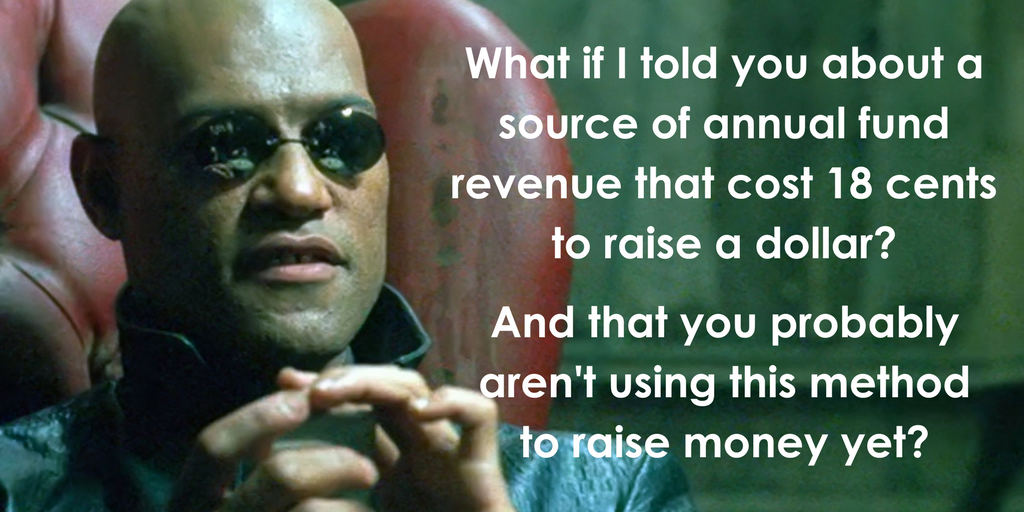
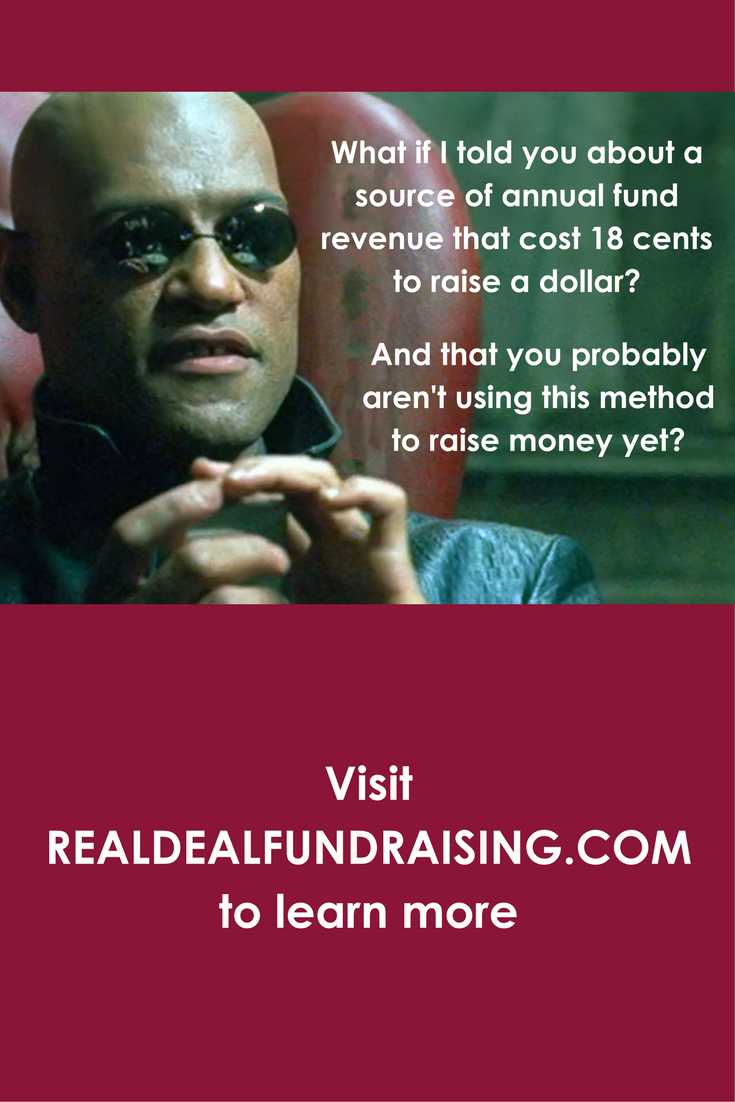
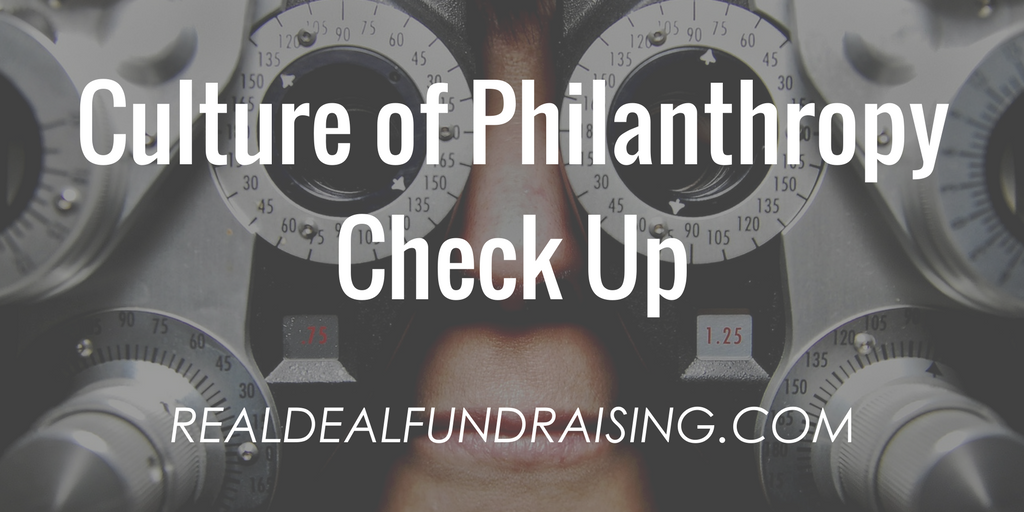
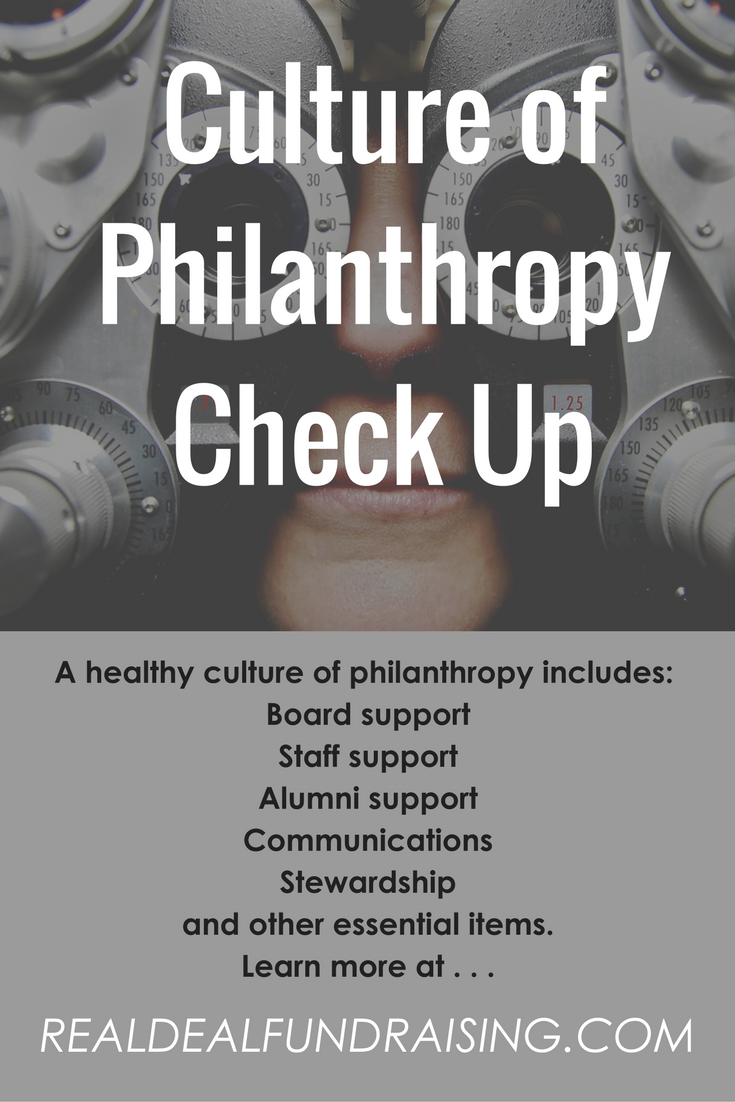


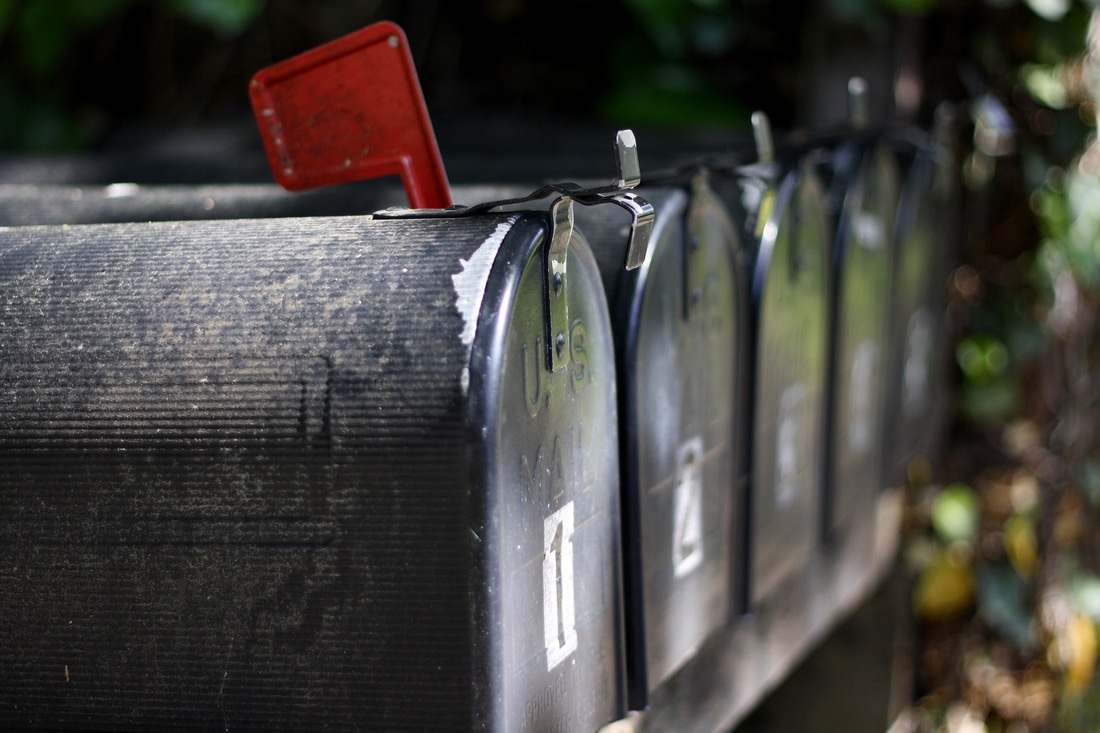
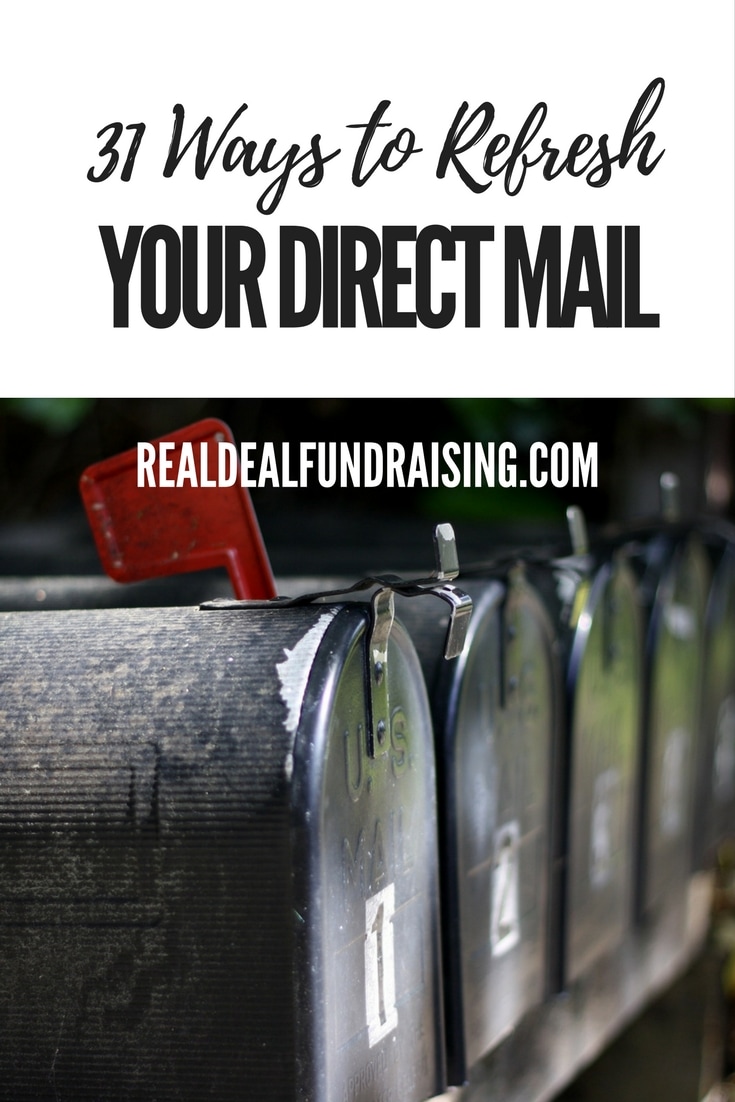

 RSS Feed
RSS Feed
